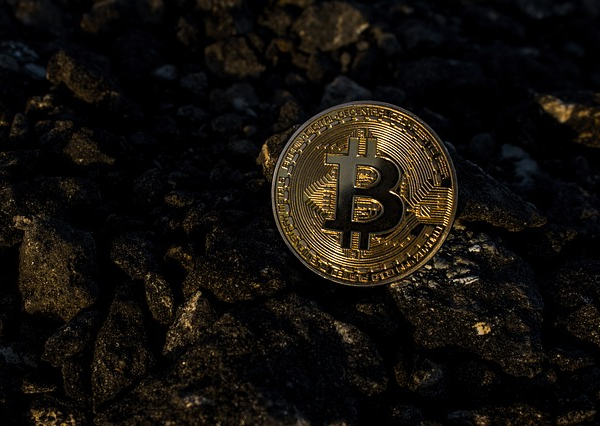The world’s entire known gold reserves can be stored in four Olympic-sized swimming pools – the principal reason for the universal acceptance of gold as medium of exchange and store of value, the primary functions of money. Its stocks are finite, mining involves significant costs, and being an inert metal, the value locked in doesn’t rust away. So, gold has the perfect virtues to be an enduring currency. And so it was till 1971, when Richard Nixon disengaged the from gold, demoting it to a mere asset class.
Cryptos aspire to be the new gold standard. Bitcoin, the most popular crypto, was designed with the features of gold. The supply is controlled by a complex algorithm that keeps fresh ‘minings’ under check, with new supplies shrinking progressively with each passing year. Once the supply touches a defined threshold – 21 million coins – mining stops. The system is designed to ensure a healthy demand-supply gap as long as there are enough believers in the concept.
Blockchain technology guards against counterfeiting and facilitates seamless transfer, though risks of theft and hacking linger. However, someone may lose one’s laptop or die without sharing the password, leaving the cryptos ‘lost’ and buried in the hard disk. While such risks to the investors are manageable, cryptos are far from gold.
Values of most modern currencies were linked to gold (or silver) till the 1970s dollar-shock. Cryptos have no such historical link with any fiat currency. In fact, Bitcoin was conceived as a counter to the purported fickleness of fiat currencies. Second, while gold and silver make up the list of metal currencies, there are hundreds of cryptos, with more likely to be added soon. So, while the supply of Bitcoin is going to be limited, the overall supply of crypto would be unlimited till the bubble holds, minus the finite supply character of gold.
As a collective investment, cryptos could be value-depletive due to oversupply, though individual cryptos may give handsome gains to the lucky few.
The value of a currency is defined by the goods or services the holder can exchange for it. Since some shops are ready to accept cryptos, we must accept that Bitcoin is an exotic currency, with extreme volatility.
Gold can be leveraged only to a limited extent. But cryptos’ virtual nature makes them ideal candidates for leveraged bets. With leverage comes speculation and volatility, undesirable traits for a currency aspirant.
The biggest threat to cryptos comes from governments and central banks who do not want their heft as issuers of legal tender threatened. Never mind the huge risk of money laundering posed by cryptos, that the painfully conceived monetary policies of central bankers can be brought down a notch or two by nerds is compelling enough a reason for them to be displeased. Following the principle of if you can’t beat them, join them, several countries, including India, are working on central bank digital currencies. Non-fiat cryptos are bound to face headwinds in the form of regulatory shackles, disclosure norms and even outright bans (as China has done).
Some cryptos may withstand the regulatory onslaught and find space among the myriad asset types. And the worst-case scenario should be a black eye, not a car wreck. But unless you enjoy the thrill of the ride more than the risk of a crash, stay out. Because no one can say which way it will go.
